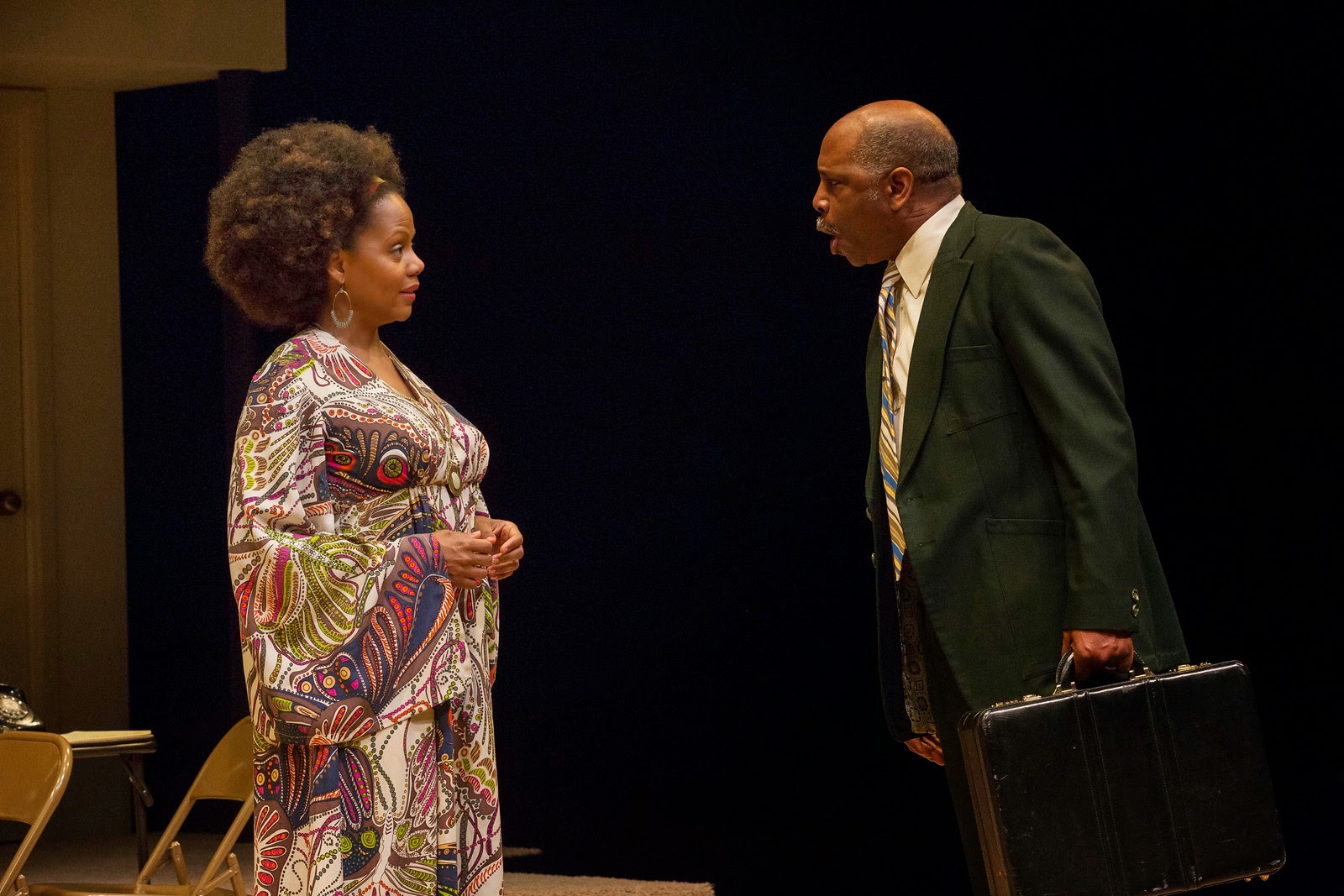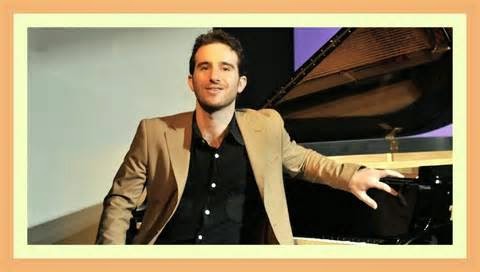Opera in excerpted form gets a thoroughgoing professional boost with James Caraher at Butler University

What was in evidence with developing singers Sunday at Butler University's Schrott Center recalled the polish and care that James Caraher gave for three decades to Indianapolis Opera productions. The former IO artistic director has been brought onto the Butler music faculty in the part-time capacity of music director, and last weekend provided the community with a chance to savor the results of his inaugural semester in that role. James Caraher elicited from student performers nicely finished work. Enlisted to assist Butler's operatic progress by Thomas Studebaker, Butler University Opera Theatre music director, Caraher conducted students in a wide range of scenes and selections for between one and five singers, accompanied by the university's Symphony Orchestra. The selections reflected practical choices for the 13 students ready to perform publicly, given that all but two of them were women. The imbalance brought to mind the situation facing the music school d













